Milan’s Palazzo Reale is the host, through to the end of February, of a jewellery exhibition that places Van Cleef & Arpels at the pinnacle of the business. Determining strategy for a jewellery maison is a game of priorities and compromises: heritage needs to be balanced against the urgency of Instagram, volume against value and margins against authenticity.
It’s hard to pursue mass sales and at the same time convince haute joiaillerie clients of your brand’s exclusivity and dedication to the highest craft standards. Few succeed. Van Cleef & Arpels are one such and its secret is to keep a direct line open to its heritage and place its contemporary offerings always within the context of its past.
Other maisons have longer and more illustrious histories but Van Cleef’s approach is unique for the manner in which it engages with the past as a living partner to be questioned and probed as much as valued and respected. This attitude shines through the Palazzo Reale exhibition in Milan. Titled “Time, Nature, Love”, the show balances academic rigour with an artistic vision through curation by Alba Cappellieri, Professor of Jewellery Design at Milan Polytechnic University, and a scenography created by American designer Johanna Grawunder.

Cappallieri’s selection is far more than an historical survey; instead she looks at themes, such as Paris and the different exoticisms that captured art movements during the last century and intersections between art, literature, architecture and jewellery. The title refers to the way Capallieri has organised the show so that the shifting accent of different periods and perennial Van Cleef & Arpels themes such as flowers, birds and love can be seen and she adds a layer of intrigue by using the values (Lightness, Quickness, Exactitude, Visibility, Multiplicity) cited by Italo Calvino in his Harvard lecture cycle, “Six Memos for the Next Millennium”.
The effect is breath-taking as the show not only presents some of the 20th century’s most captivating jewellery but also depicts the context behind the designs. There are plenty of fabulous jewels to amaze but it’s the vision and thought behind the designs that make the exhibition. Sometimes it’s wildly avant-garde, as with the Zip Necklace that married what was a merely functional invention with pure craft excellence (apparently following a request by the Duchess of Windsor); elsewhere it’s the exoticism of a 1971 commission from the Aga Khan that brings together engraved emeralds and bold design very much of its epoch; or the romanticism of the 1941 Spirit of Beauty fairy clip made for Barbara Hutton, which is all about light and movement as well as the carefully controlled whimsy that’s a hallmark of Van Cleef’s house style.
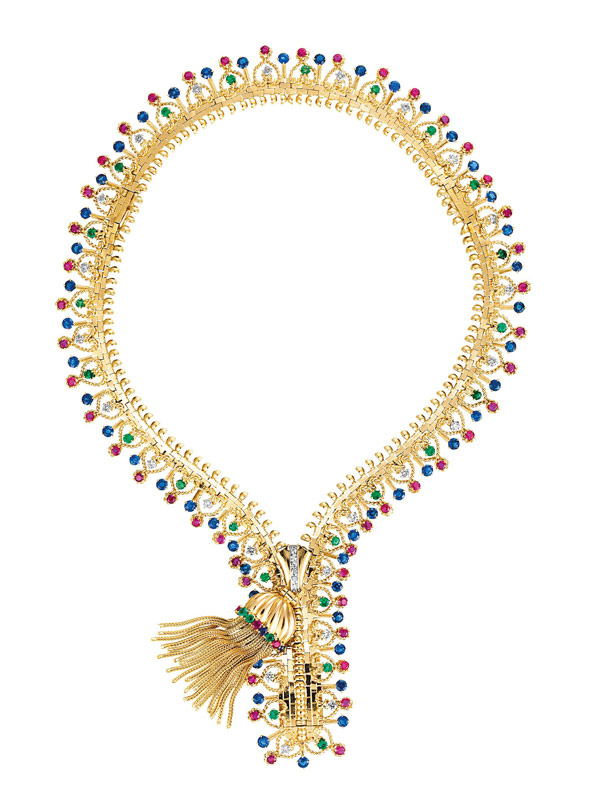
There’s a noticeable shift in emphasis and flavour between the different eras represented in the exhibition as, for example, the Art Deco geometry of the 1928 collaret with its interlocking rings and triangles, which gives way to more consciously romantic designs such as the Peony Clip from 1937, one of the stars of the show with its 100 carats of mystery-set rubies, or the Ballerina clip from 1945, which captures the colour and movement of a Flamenco ‘Bailaora’ in rubies, sapphires and yellow gold.
With so many exhibits, some 400 in all, the value of a curation that uses intersecting themes becomes clearer the further you get into the show as the pace and mood of each room evolves enough to keep the interest piqued as well as providing space for some of the more curious creations. There’s a particularly good selection of the minaudières compartment boxes that Charles Arpels developed in the 1930s: Arpels had seen an American socialite carry her powder, lipstick and lighter around in a cigarette tin and the resulting cases just happened to be the perfect canvas for a jewellery designer.
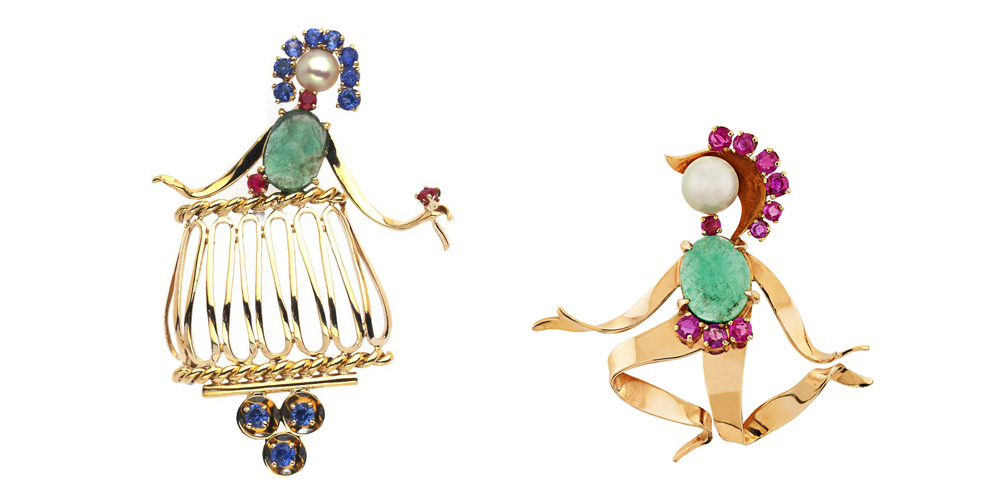
If there’s one facet to Van Cleef & Arpels that sets the maison apart, it’s the ability to handle romantic whimsy without losing control, quite frequently using fairies, butterflies and flowers to hide clever and daring design as in the Romeo and Juliet brooches from the early 1950s that are both straightforwardly cute and almost radically simplistic in form. Time, Nature, Love is the antidote to jewellery exhibitions that merely seek to dazzle or (as is more common) look to hide the glamour under a veneer of academic rigour. It dazzles, it charms and asks some intriguing questions.
Presented by the Palazzo Reale and the Comune di Milano,
the show runs until February 23rd at the Palazzo Reale,
Piazza Duomo 12, Milan.








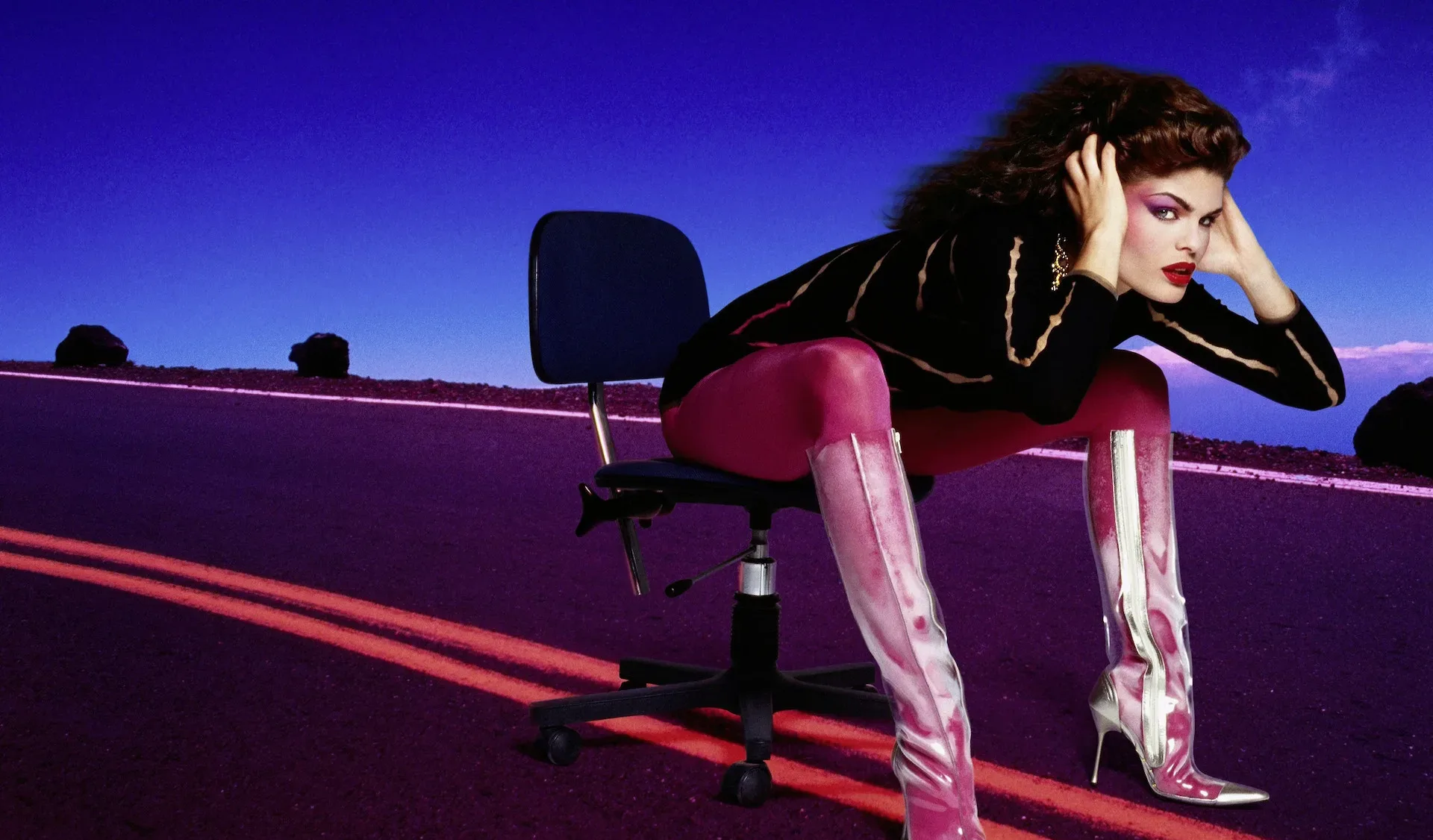
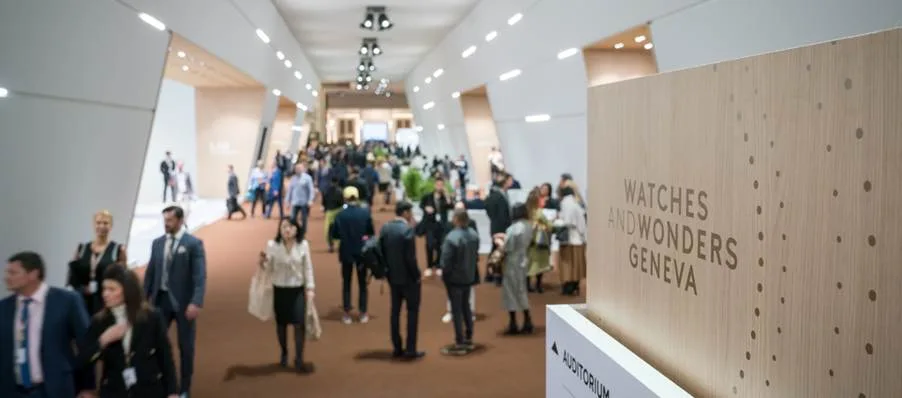
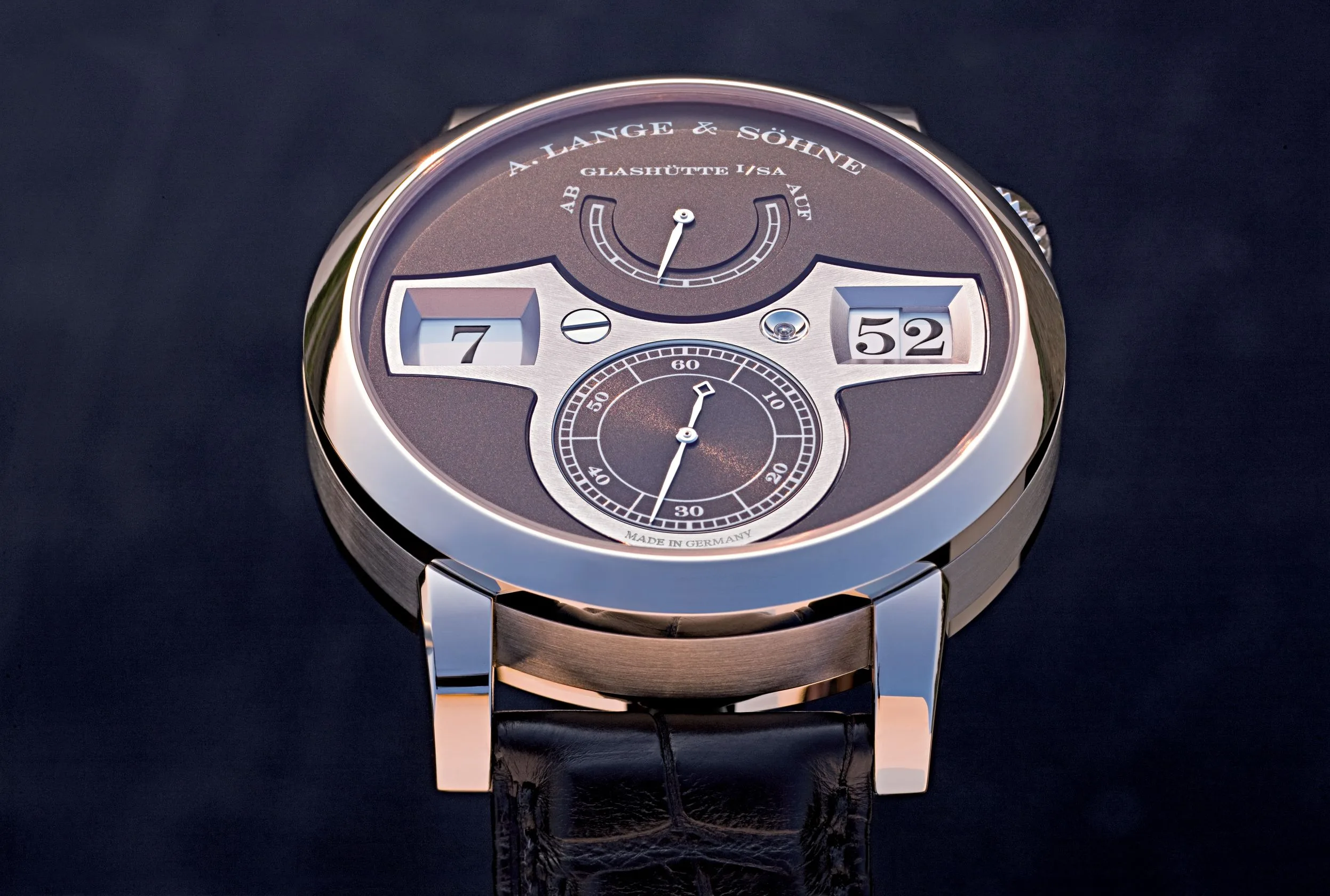
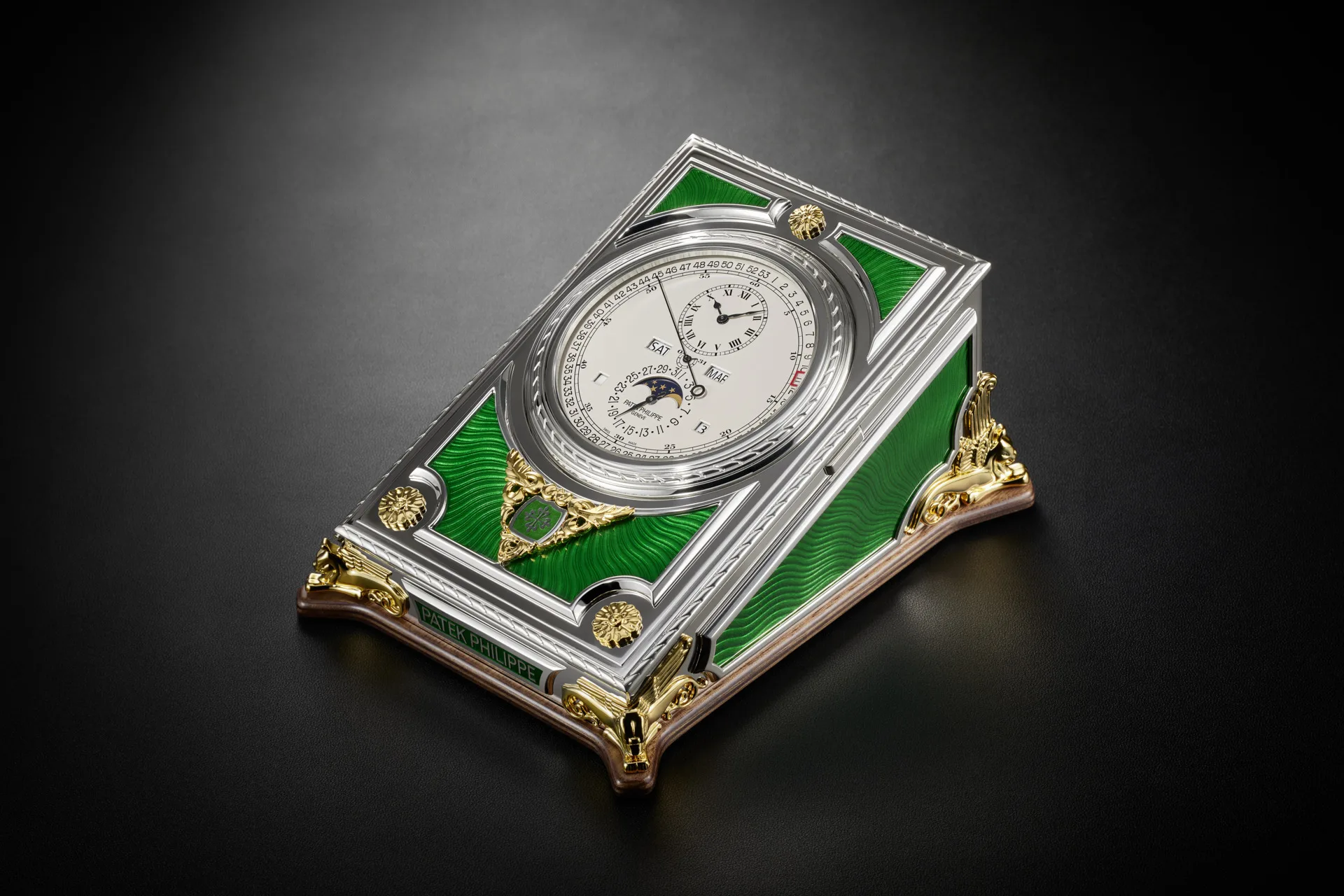





Show Comments +